To the south and east of the Indian subcontinent lies the small, pearl-shaped country of Sri Lanka. The tropical island is smaller than the state of Indiana yet produces a quantity and variety of black teas that rival China. Its unique topography and climate allow for 3 types of tea, determined not by season but by altitude: low-grown, medium-grown and high-grown, each with its own unusual flavor profile. Today, these teas are called Ceylons, although the nation won independence in 1948. Read on to learn more about this small, but mighty region and the teas it produces.
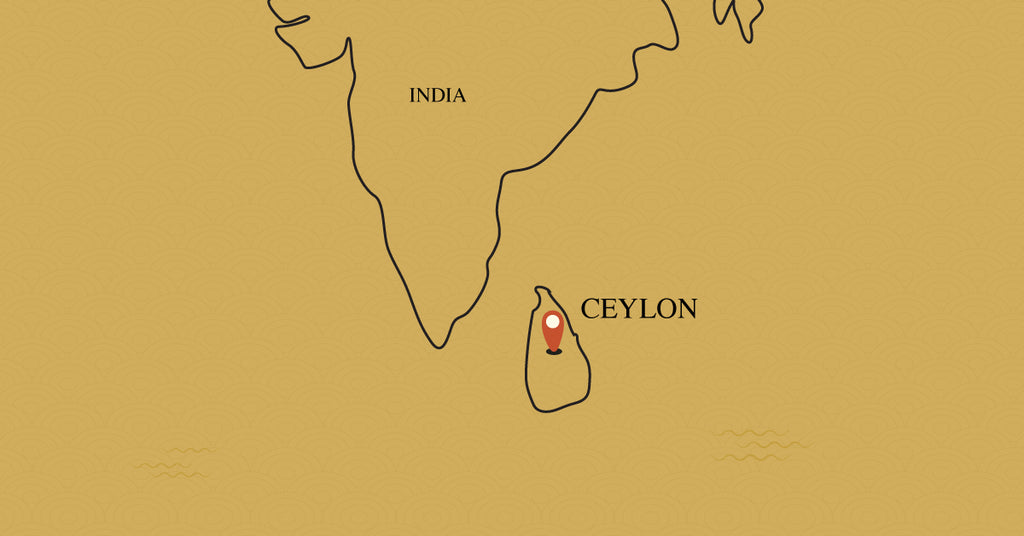
Ceylon Tea Region History
After seizing the island in 1815, the British brought the first tea plants to Ceylon at the end of the 1830s, shortly after establishing plantations in Assam. Tea did not become one of the island’s dominant crops until the 1870s when blight wiped out the country’s coffee plantations. Tea plants proved resistant to the coffee rust, so in the right order of things, tea replaced coffee. Entrepreneurial Scotsmen established the great plantations. Finding the mountains outside the commercial capital of Colombo similar to the Scottish Highlands, they gave their high, cool gardens the names of their homes: Kenilworth, Dunedin, Glasgow and St. Andrews and St. Michaels. By the early 1900s, they had transformed Ceylon into a major tea source on par with northeastern India.
Ceylon Weather & Topography
Belying its size, the island generates a massive quantity of tea. While most tea regions have one peak spring season, Ceylon has 2, which allows it to grow tea almost year-round. The island is split down the middle by its Central Highlands, a mountain range with peaks upward of 6,000 feet. From January to May, the teas on the western side of the island peak as monsoons batter the eastern side. While the churning clouds drench part of the island, they dry out the western half, drawing up moisture to generate the ideal, dry, sunny weather for peak teas. From July to October, the situation reverses, and the eastern side peaks as monsoons soak the western half of the island. Whether peaking or not, in the tropical warmth tea grows all year, and so quickly that some gardens have to harvest the fresh leaves as often as every week. The gardens can yield as much as 30 times that of the gardens in China or Japan.
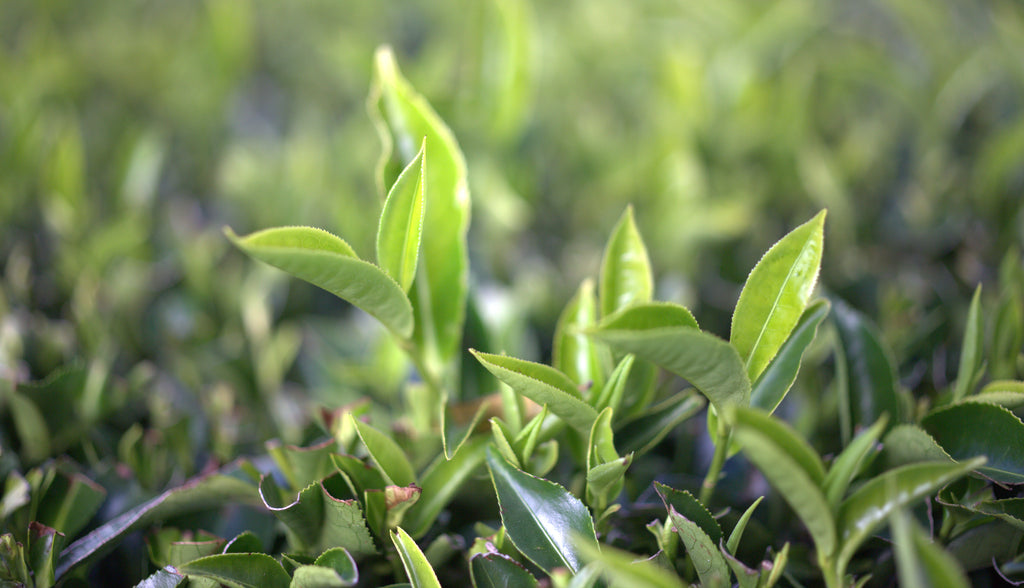
Ceylon Tea Production
To cope with the bounty, Sri Lanka’s tea gardens and factories are almost as organized and well run as the best in Japan. Ceylon tea marketing is also orderly and professional, with tea auctions most weeks in Colombo. The average Ceylon tea sells for much less than other British Legacy Teas, because the high volume has hurt the region’s prestige. As a result, Ceylon tea makers who want to make money have been forced to innovate. The best tea makers now boast that every garden has its own recipe. From the cultivars to the withering, rolling, oxidation and firing, every garden performs each step a little differently, resulting in an exquisite diversity of black teas.
The teas fall into three categories according to the elevation of their gardens. Low-grown teas come from Dimbula at elevations under 2,000 feet. Submerged under tropical heat and humidity, most of these teas are dull and unremarkable. Medium-grown teas, found in Nuwara Eliya, flourish between 2,000 and 4,000 feet, where the cooler, drier climate produces fruitier, mellow teas. Tea in Uva are known as high-grown teas. Their elevation is between 4,000 and 6,000 feet and are what give Ceylon its reputation. The rarefied air produces exceptional teas.
If you’re interested in trying teas from the Ceylon tea region, we suggest you sip on our Kenilworth Ceylon, Uva Highlands, New Vithankande or Amba Ceylon.
India is an exciting country full of history and tradition. Our buyers always enjoy exploring the unique teas the region has to offer. Read a few of our favorite posts below to continue learning about the exciting world of tea:


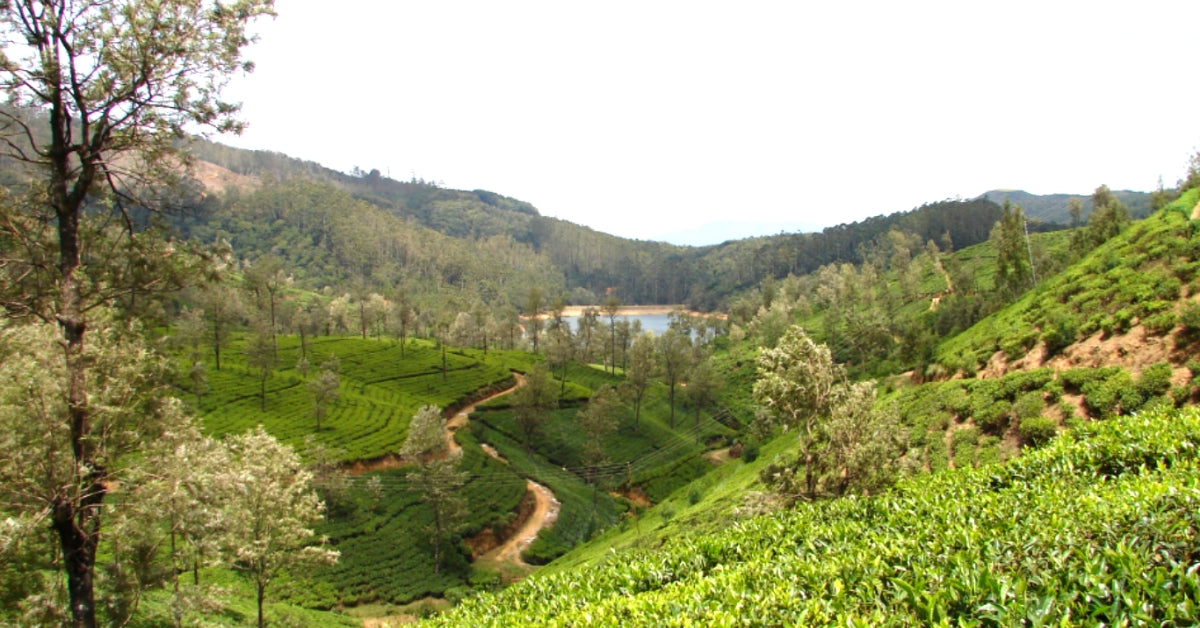
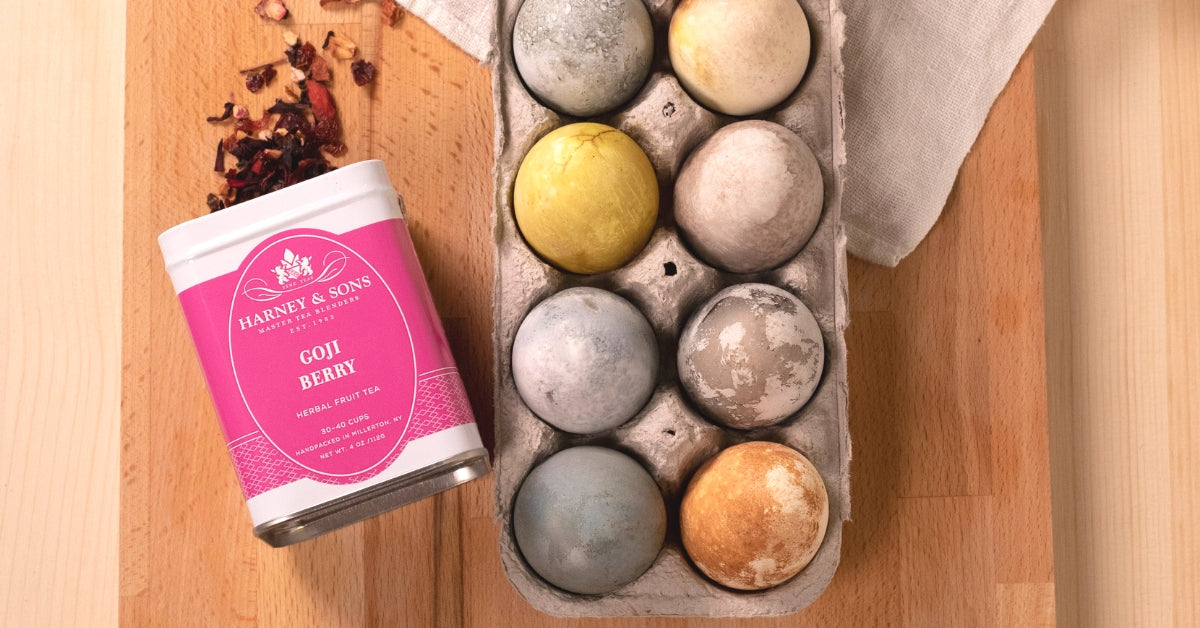
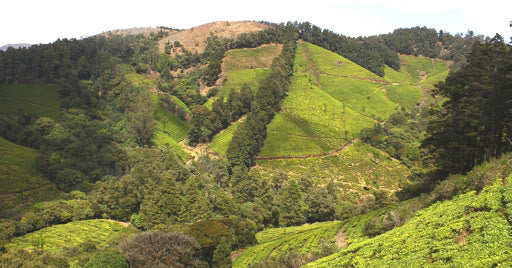
1 comment
B Kelley
These articles about different tea growing regions are fascinating! Thanks for the wealth of information!
These articles about different tea growing regions are fascinating! Thanks for the wealth of information!